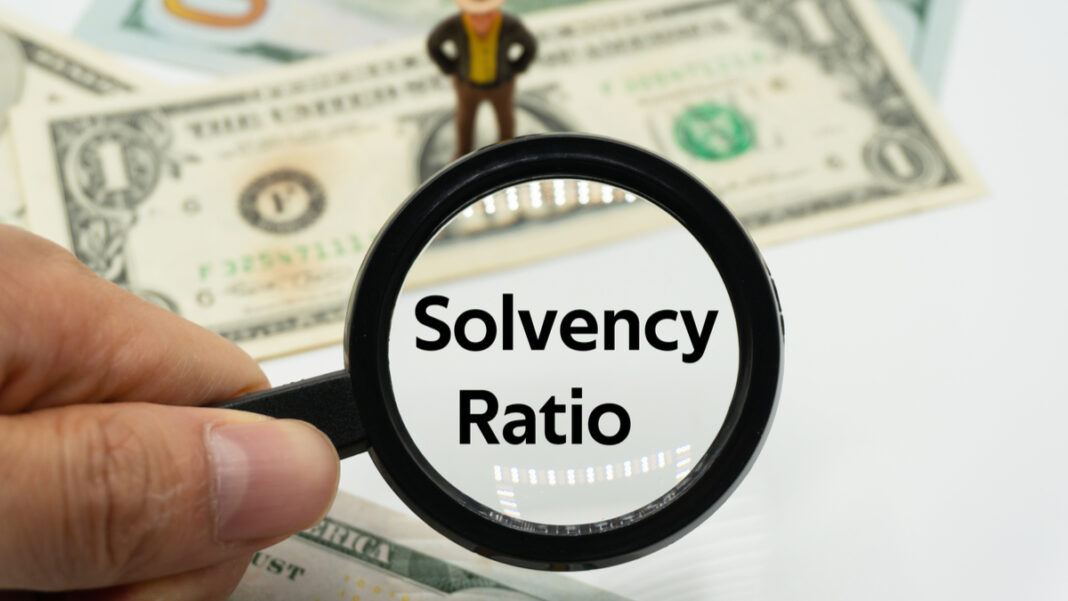Solvency ratios assess a business’s capacity to satisfy long-term obligations. A solvency ratio analysis, in general, compares the magnitude of a company’s profits to its debts. An investment manager might use a solvency ratio to determine how likely a firm is to satisfy its debt commitments in the future. A higher or stronger ratio indicates financial strength. A smaller ratio, or one that would be on the weak side, on the other hand, may foreshadow future financial difficulties. The main solvency fund ratio evaluates a company’s cash-based profitability as either a proportion of its total long-term debts and is generally computed as follows.
What is a solvency ratio?
A solvency ratio is a financial indicator that demonstrates how effectively a firm generates cash flow to pay long-term debt commitments and assesses its capacity to cover long-term liabilities. Solvency ratios reflect a company’s financial health and assist investors, managers, and shareholders in determining profitability.
Understanding Solvency Ratios
Solvency ratios are used to assess a company’s financial strength in relation to its debt commitments. As you might expect, there are a variety of approaches to assessing financial wellness.
-
Debt of Equity
The debt-to-equity ratio (D/E) is a key measure of how much leverage a company utilises. Long-term debt is usually referred to as debt. However, cash not required to sustain a company’s operations can be subtracted from overall long-term debt to arrive at a net debt figure. The term “equity” refers to the value of a company’s stockholders’ equity, which may be discovered on the income statement. A historical number that should preferably be included too (or down) to its actual market value is called book value. However, using the company’s data provides a rapid and easily accessible number for measurement.
-
Debt to Assets
Debt to assets (D/A) is a deeply connected metric that analysts and investors use to assess balance sheet leverage. Because assets minus debts equal book value, utilising 2 or 3 of these elements can give you a good idea of how healthy your finances are. Solvency ratios that are more intricate include times interest accrued, which are used to assess a company’s capacity to satisfy its debt commitments. It’s computed by dividing a company’s profits before taxes and interest (EBIT) by its total long-term debt interest expenditure. It determines however many times a company’s interest expenses may be covered on a pretax basis. Another more generic word for this ratio is interest coverage.
-
Proprietary Ratio Or Equity Ratio
Equity ratios are another name for proprietary ratios. It establishes a link between the owner’s finances and the company’s net assets or wealth.
-
Interest Coverage Ratio
This interest coverage ratio is used to evaluate if a corporation can pay interest on its existing debt commitments. It is determined by dividing a firm’s EBIT (interest and tax) by the amount of debt interest due for such an accounting period.
Also Read: The Useful Strategies of Financial Planning for Beginners




